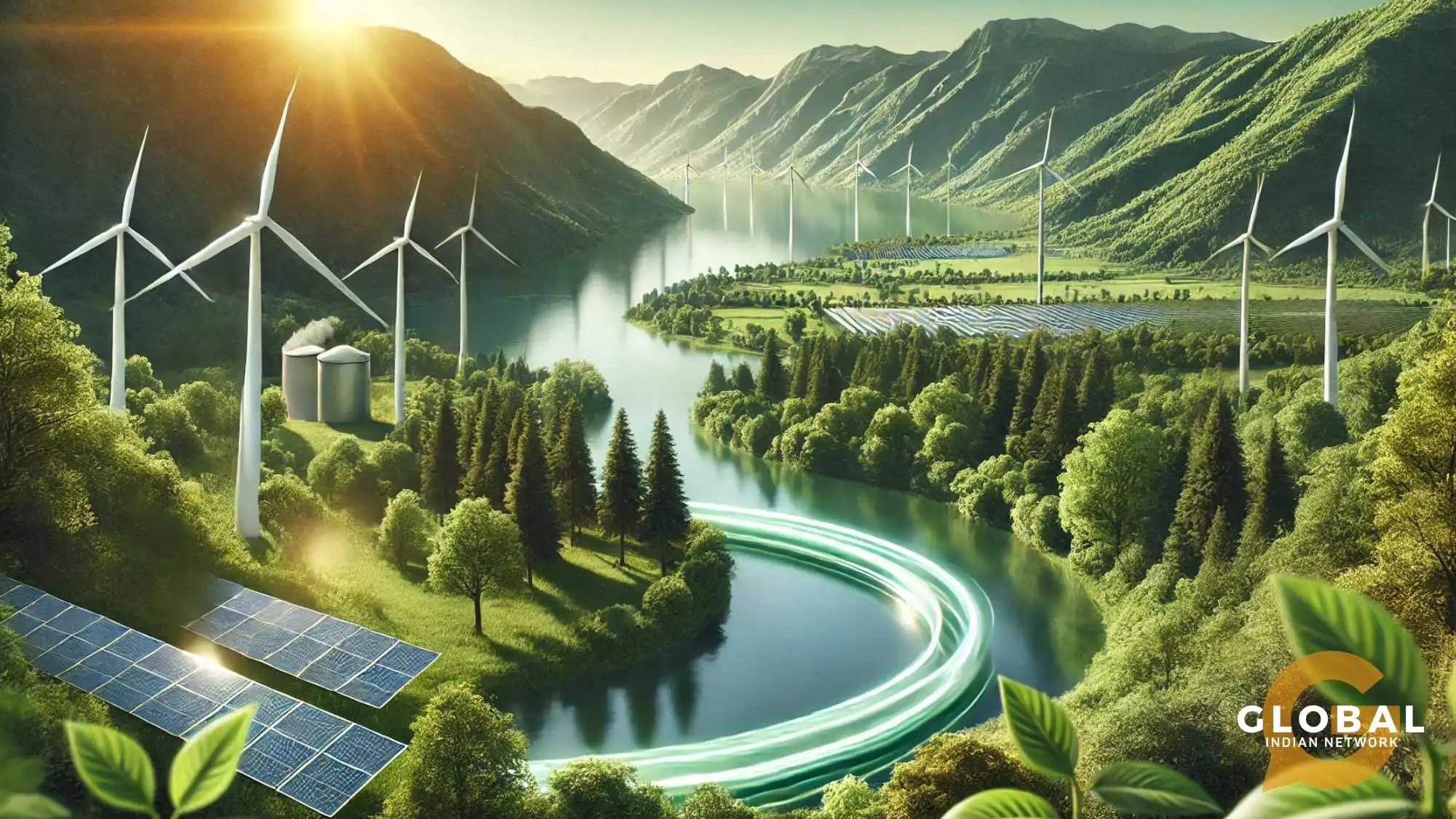Written By: Faith Jemosop
South Africa’s ambitious shift to renewable energy is under increasing scrutiny, with growing fears that inadequate transmission infrastructure and slow policy execution may spark a second national power crisis within the current decade. Despite setting a target of 19 gigawatts (GW) of renewable capacity by 2030, experts warn that the country’s power transition timeline is at risk due to systemic delays and mismatched priorities.
Falafon Vidden, head of strategic risk at Riscoet Africa, has raised alarm bells, stating that project execution setbacks are already triggering broader risks across energy security, fiscal credibility, and investor confidence. In a recent interview, Vidden elaborated on how South Africa’s generation margins are tightening, leaving the grid dangerously exposed to disruptions.
Margins Close to the Edge
Currently, South Africa operates with an installed capacity of around 40 GW, but the effective generation hovers closer to 30 GW, largely due to underperforming coal-fired stations. Seasonal demands, such as spikes in winter energy use or upticks in mining activity, push these margins to their limit. While gas-fired stations provide emergency backup, the risks posed by unforeseen outages or maintenance issues remain high.
“The country needs to increase effective generation to at least 35–40 GW to replace the aging coal fleet,” Vidden said. “However, the bigger problem lies not in generating the power, but in transmitting it.”
Transmission, Not Generation, Is the Bottleneck
Although South Africa has committed over R400 billion to upgrade transmission lines, the pace of deployment remains woefully inadequate. Vidden pointed out that the current rollout plans for transmission infrastructure are not in sync with the growing renewable energy generation capacity.
“The economy needs a massive scaling-up of transmission capacity,” he stressed. “But instead of implementing targeted outcome-based plans, we’re stuck in process-driven logic that delays execution.”
South Africa’s grid is managed by the National Transmission Company of South Africa (NTCSA), which has set a target of building 14,000 kilometers of new transmission lines. Yet, under current models, only a few hundred kilometers are being delivered. This discrepancy highlights the vast gap between ambition and reality.
A Call for New Models and Parallel Deployment
To break the logjam, Vidden recommends a bold shift in strategy, one that includes embracing alternative models for transmission rollout. He suggested a toll-road-style concession model where private capital is invited to build and operate transmission lines on long-term agreements, akin to infrastructure public-private partnerships.
“There is enough capital out there,” he emphasized. “What’s lacking is an agile, flexible model to scale and transmit the power we’re already able to generate.”
He added that this shift would require parallel project deployment across the country rather than sequential rollouts. “If we don’t start building transmission capacity at the rate of a gigawatt per year now, we’ll hit real constraints between 2030 and 2035.”
Streamlining Regulatory Processes
Another hurdle to accelerating the energy transition is the regulatory maze developers must navigate. Environmental approvals, land agreements, and bureaucratic delays can take years to resolve. Vidden advocates for standardized templates and frameworks to reduce friction in negotiations.
“Instead of waiting three years for permits, we should create a national transmission template, if power lines can’t go above ground, we place them underground or adjacent to existing infrastructure,” he said. “We already run fiber optic cables along national roads. Why not power lines?”
This pragmatic approach could speed up land access negotiations, particularly with commercial and farming interests, by offering rental or lease models instead of complex expropriation procedures.
Private Sector Hesitation Amid Uncertainty
Uncertainty in policy and delays in implementation have also led to hesitation from private investors who are critical to scaling the renewable sector. Without clear rules and reliable timelines, many energy developers are forced into a holding pattern.
“Policy uncertainty is poison to long-term investment,” Vidden said. “Investors need confidence that the ground rules won’t change halfway through execution. Otherwise, they simply park their money elsewhere.”
Urgent Need for Strategic Coherence
Despite the challenges, South Africa’s Renewable Energy Independent Power Producers Procurement Program (REIPPPP) is considered one of the more robust frameworks for renewable energy deployment on the continent. However, the disconnect between generation and grid infrastructure threatens to unravel its gains.
What’s needed, experts say, is a shift from bureaucratic inertia to results-focused planning. This includes:
- Aligning transmission infrastructure timelines with renewable generation rollouts
- Creating regulatory frameworks that expedite land use and environmental approvals
- Encouraging public-private partnerships in grid development
- Providing certainty and clarity to private investors
Also read: Who’s Really Making EVs Affordable in Kenya? The Top 10 Players You Should Know
The warning signs are clear: if South Africa does not accelerate both its grid capacity and regulatory processes, the renewable energy transition could stall. More critically, the nation may face a second, possibly more severe, power crisis just as it attempts to modernize and decarbonize its economy.
With energy demand steadily rising and coal infrastructure nearing the end of its life, the country cannot afford to be complacent. The cost of inaction is not just economic, it affects lives, livelihoods, and the credibility of South Africa’s long-term development goals.
As Vidden concluded, “We are not short of plans. We are short of execution. What happens in the next three to five years will determine if we power our future, or blackout our opportunity.”















